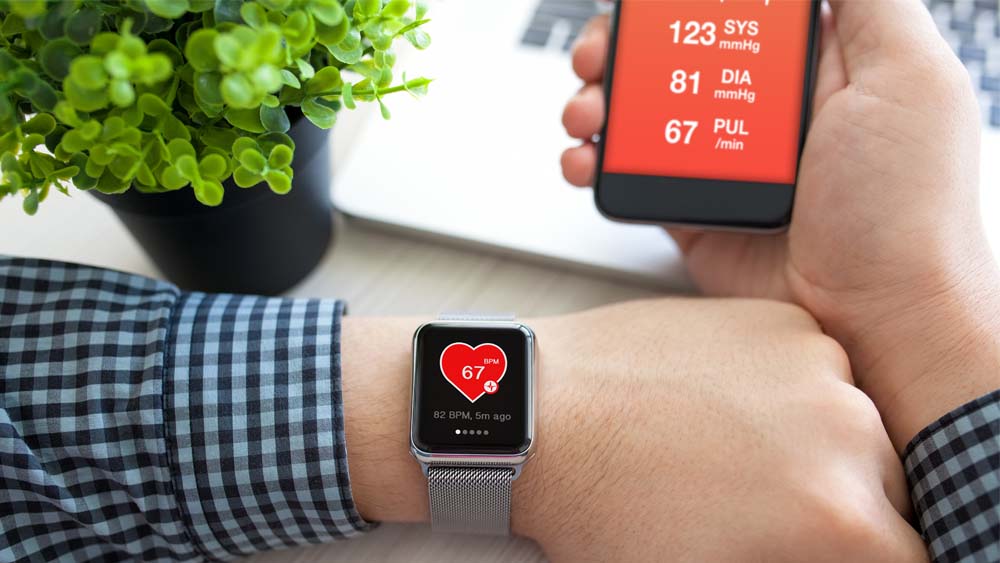
Doctoral candidate Jesse Fine is expanding his knowledge of regulatory practices after being awarded a $55,000 National Science Foundation (NSF)-INTERN supplement to work with the Food and Drug Administration (FDA) over a period of six months.
Fine’s research at Texas A&M University revolves around using computational modeling to design medical devices that aim to expand accessibility to health care. He works with Dr. Mike McShane, head of the Department of Biomedical Engineering, and Dr. Gerard Coté, Regents Professor in the department and director of the Precise Advanced Technologies and Health Systems for Underserved Populations (PATHS-UP) Engineering Research Center.
“I was excited about this NSF-funded internship opportunity for Jesse to gain real-world experience working with the FDA since one of the goals of PATHS-UP is to provide such an experiential opportunity for their Ph.D. students,” Coté said.
“Part of my modeling work within PATHS-UP is for designing noninvasive photoplethysmography devices; I develop models that look at how light travels through skin,” Fine said. “One of the uses of light in health care is tracking changes in blood volume as a function of your heart beating to monitor cardiovascular parameters such as heart rate and blood pressure, among others.”
Fine said one aspect of computational modeling is the potential for reducing the number of experiments to reduce the burden and cost to get regulatory approval for medical devices, which is why he was excited to intern at the FDA. Specifically, Fine’s internship is in the Division of Biomedical Physics, within the Office of Science and Engineering Laboratories (OSEL) of the Center for Devices and Radiological Health.
“Opportunities like this not only allow us to bring in researchers with fresh ideas to help address important regulatory science challenges but also provide the opportunity to expose and train them on how science impacts regulatory decision-making and can help accelerate patient access to new medical devices,” said Dr. Edward Margerrison, OSEL director.

“OSEL’s mission is to accelerate patient access to innovative, safe and effective medical devices through best-in-the-world regulatory science, which can involve developing tools that can be computational to help better understand new devices,” Fine said.
One of Fine’s research goals at the FDA is to take heartbeat monitors a step further to be used for continuous blood pressure monitoring. He said this topic is of particular interest because the performance of these devices can be affected by demographical information such as skin tone, age and body mass index, among others.
“New non-clinical test methods are needed to help understand how measurements like blood pressure derived from PPG waveforms can be affected by these factors,” Fine said. “I believe my work at the FDA will help develop tools that can be used to assess changes in the performance of post-processing and machine-learning algorithms when faced with physiological/anatomical variations you would experience within a population.”
Fine said his interest in early diagnostic tools started by hearing about how engineers could play a role in lowering the costs of health care by focusing on designing tools that preempt health issues. From there, he transitioned to continuous monitoring with wearable devices, which led him to research in PATHS-UP.
“The statistic that goes in much of my work is ‘57 million Americans are underserved,’ primarily meaning they don't have access to doctors,” Fine said. “So, our focus is to develop affordable and accessible monitoring and wearable devices that can be used by underserved individuals and provide actionable data to remote health care providers to preempt hospitalizations and partially mitigate the emerging health care crisis in these communities.”